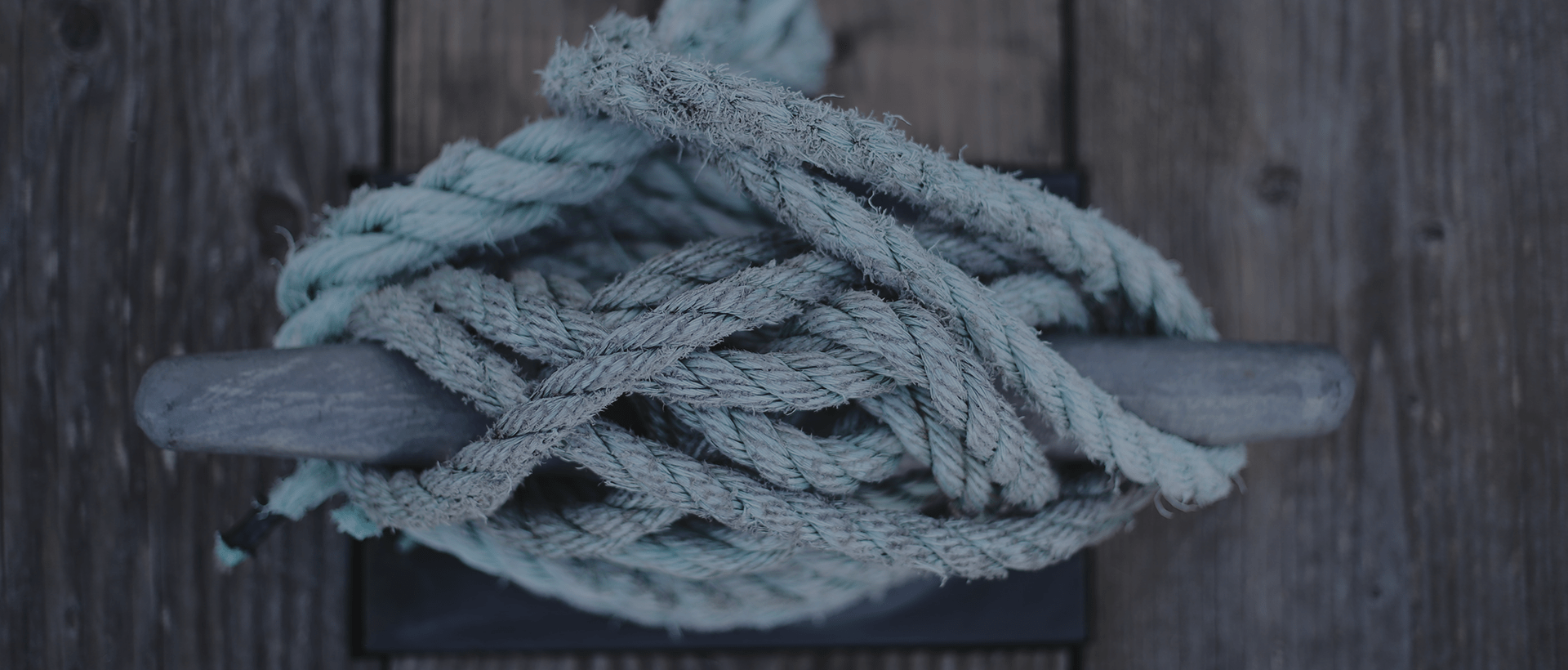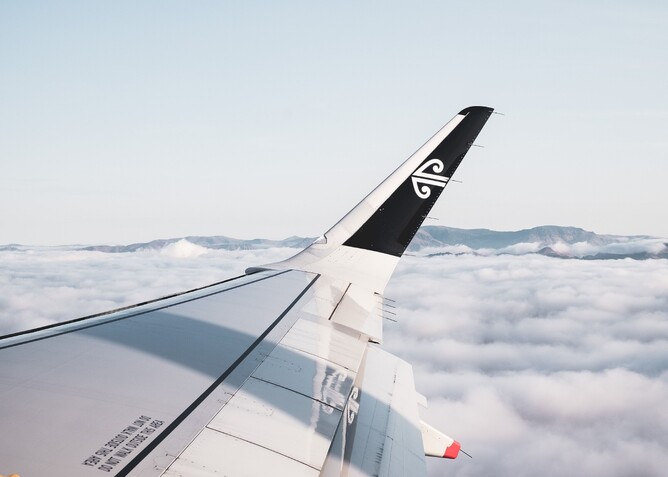Has Air New Zealand’s market strategy changed – or is it simply now more obvious?
I’ll start by saying that I have been a relatively frequent, usually satisfied, flyer with Air New Zealand for a long time (my Frequent Flyer number has five digits and I’ve accumulated 14 ‘banked years’ of membership).
In the last three years, every airline in the world has faced challenging headwinds and has had to make tough choices. A couple of stories about our national airline in the last fortnight suggest that they’ve now made a clear decision about their broad market positioning.
When I was younger, business schools taught that to be successful and profitable you had to choose one of three over-arching strategies (you could potentially have a secondary strategy, but nobody could afford all three):
Product leadership – think Mercedes Benz;
Customer intimacy – The Ritz Hotel in London, or Huka Lodge near Taupo;
Operational efficiency – Toyota, or WalMart (hold that thought).
The theory was that the first two allow you to make your margin through premium pricing: customers are likely to pay more if they believe they’re buying the best product or premium service. The third strategy generates your margin at the other end, minimising your cost of production.
In recent months, Air New Zealand has talked about ‘best in class’ cabins that they’re developing for their very long haul routes. This, with relentless advertising promoting smiling cabin crew, implies at least one of the former strategies.
While the airline’s welcoming Lounge hosts and most cabin staff play a large part in keeping us loyal, two recent incidents make me sceptical about the real strategy:
Since we started flying again last year, we’ve read stories of countless passengers frustrated by their inability to contact the airline when they needed to change their flight – often after a cancellation or delay. A further story this week tells of a customer who took two full days to get through. Perhaps other airlines are even worse, but I’ve seen little to indicate that Air New Zealand has ever made this a priority: when did you last try to call the airline – even on their priority line – without hearing the message that ‘we’re currently experiencing greater than usual demand’. This does beg another question: what constitutes ‘usual demand’ … pre-1990 levels?
Secondly, two weeks ago Air New Zealand may have set an unenviable record for the world’s ‘longest flight to nowhere’. Its flagship service from Auckland to New York, one of the longest non-stop flights in the world, was eight hours in, two thirds of the way across the Pacific, when Terminal 1 at JFK International Airport was shut down because of an electrical fire, and all inbound flights were told to go elsewhere.
Many flights already en route diverted to other US airports, Newark, Washington DC, etc. From there, their passengers would have had a relatively short onward connection. Air New Zealand returned to its starting point – about as far geographically as you can be from New York. I even understand, from those who have listened to the in-flight radio exchanges, that the Air New Zealand flight crew pleaded with management to be allowed to divert to an alternative US airport, for the sake of their passengers. (You can hear more detail about this incident on my favourite weekly aviation podcast, AvTalk.)
By my estimate, two-thirds of the way across the Pacific puts the flight quite close to Hawaii when it turned back. If I couldn’t go all the way to New York, a day or two in Honolulu before completing my trip on, say, United Airlines, a Star Alliance partner of Air New Zealand, would seem a reasonable option.
In contrast, returning to my start point, after 17 hours or more on board, with the prospect of repeating the whole thing tomorrow, for a total of nearly 35 hours in the air, must feel close to physical and mental torture. Perhaps some people have a higher pain threshold than mine.
The explanation I’ve heard is that any other diversion would have put the aircraft and crew in the wrong place, creating further delays. Really? Was that aircraft, and its crew, so vital to the next day’s flights? How long would it have taken Air New Zealand to fly a fresh crew up to Honolulu and bring the empty aircraft back to Auckland … or on to New York to pick-up the customers who’d already booked for its return the next day?
Even if the explanation is valid, Air New Zealand clearly ranked its own operational requirements above the convenience, comfort – and wellbeing – of its customers.
Some years ago, the then-CEO of Air New Zealand, renowned for his unwavering focus on customer service, observed: ‘At Air New Zealand, we don’t fly aeroplanes … we fly people.’ After last week’s flight to nowhere, the aeroplane may have been in the right place. The people clearly weren’t.
Which brings me back to my start: Air New Zealand’s CEO was, as we know, formerly Chief Executive Officer of WalMart US. Perhaps the only surprise is that the airline’s strategy has taken so long to become clear.
Follow my blog to see new posts at chairingtheboard.com



